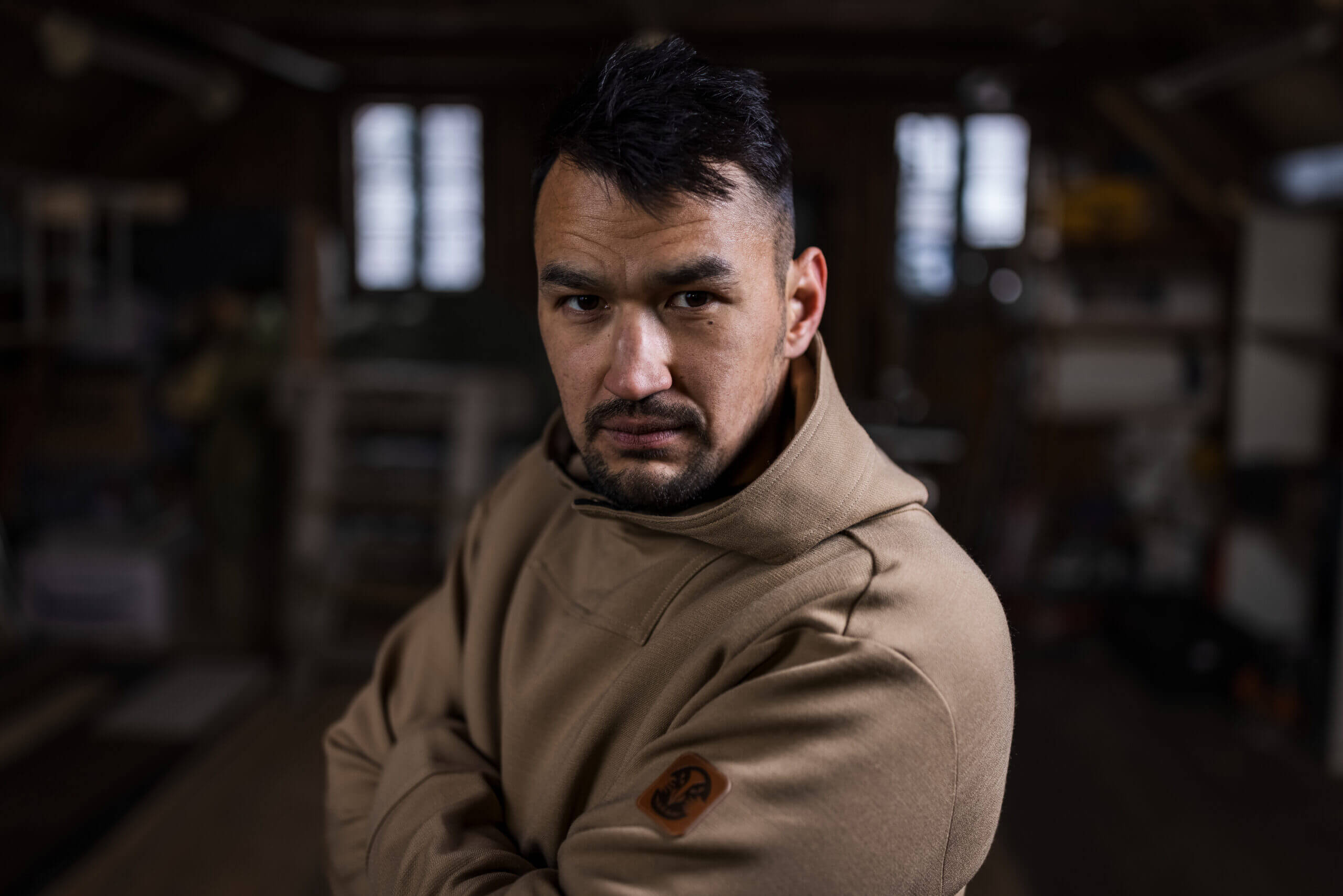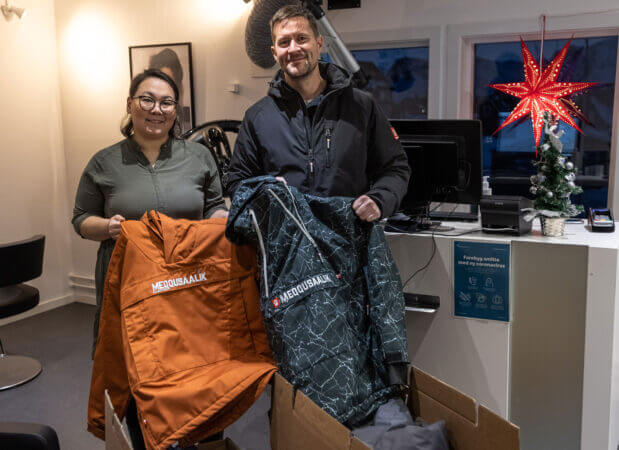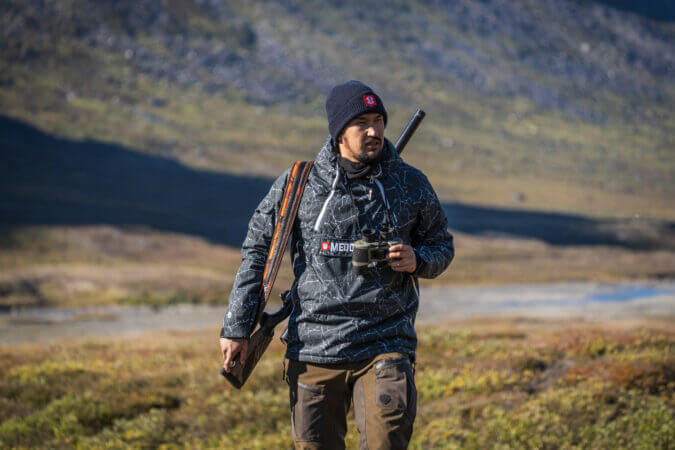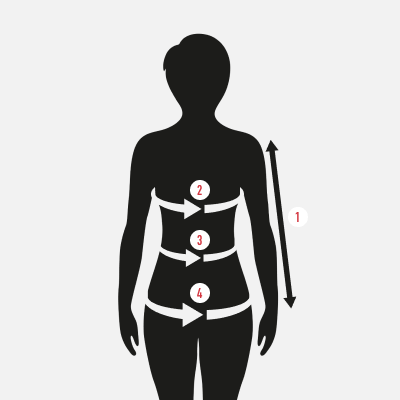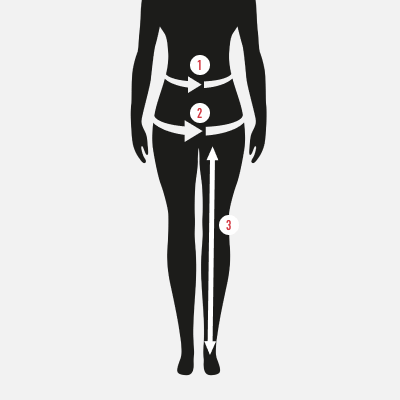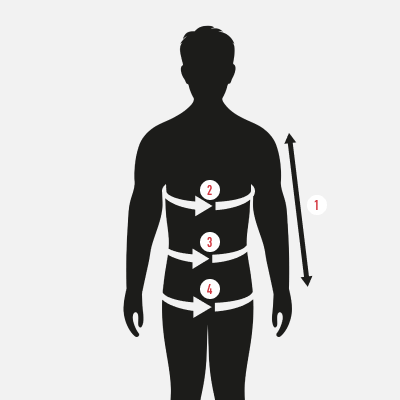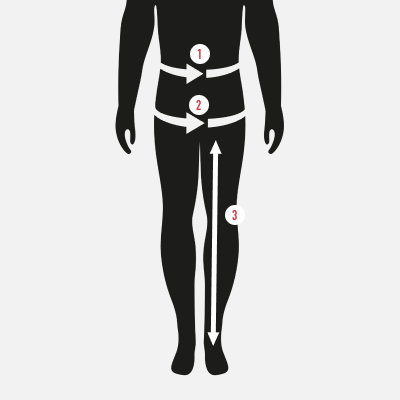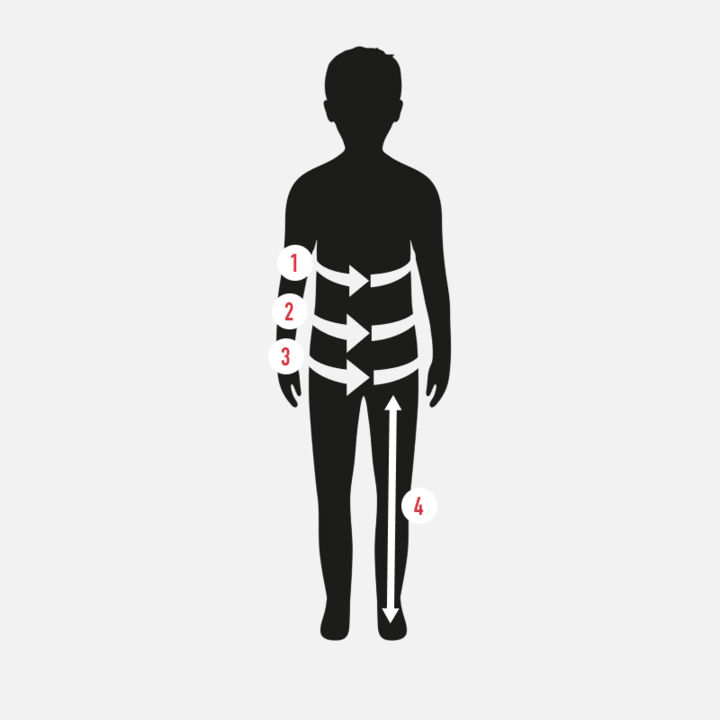No products in the cart.

Nanortalik 0°

Qaqortoq 2°

Narsaq 8°

Paamiut 0°

Nuuk 2°

Maniitsoq 0°

Sisimiut 0°

Aasiaat -2°

Kangaatsiaq -2°

Qasigiannguit 0°

Ilulissat 0°

Qeqertarsuaq -2°

Uummannaq -1°

Upernavik -2°

Qaanaaq 0°

Tasiilaq 0°

Ittoqqortoormiit -1°
The word anorak is a Greenlandic word (annoraaq), and actually means a hooded, pull-over jacket that doesn’t open all the way up in the front. Our summer anorak is inspired by the colourful cotton anoraks that were popular in Greenland in the 1930s. Today, we use modern fabrics, but the cut is almost exactly the same.
We have long wanted to design a lightweight summer anorak for both outdoor and indoor wear, so we delved into our archives and examined old photos of the cotton anoraks that both men and women in Greenland wore in the 1930s. The anoraks came in many colours and patterns, sewn in a fabric that was readily available at the time.
Our designer then set about cutting and sewing and adjusting until we finally had a men’s style and a women’s style that we could feel proud of. Both styles are made of a contemporary stretchy wool material, where comfort, warmth and breathability are key. The material moves with your body, ensuring optimum comfort, regardless of whether you’re working indoors or outdoors. Even while it is a summer anorak, it of course still embodies Meqqusaalik’s protective spirit.
We are thrilled that our tribute to the iconic Greenlandic anorak tradition has been so popular.
